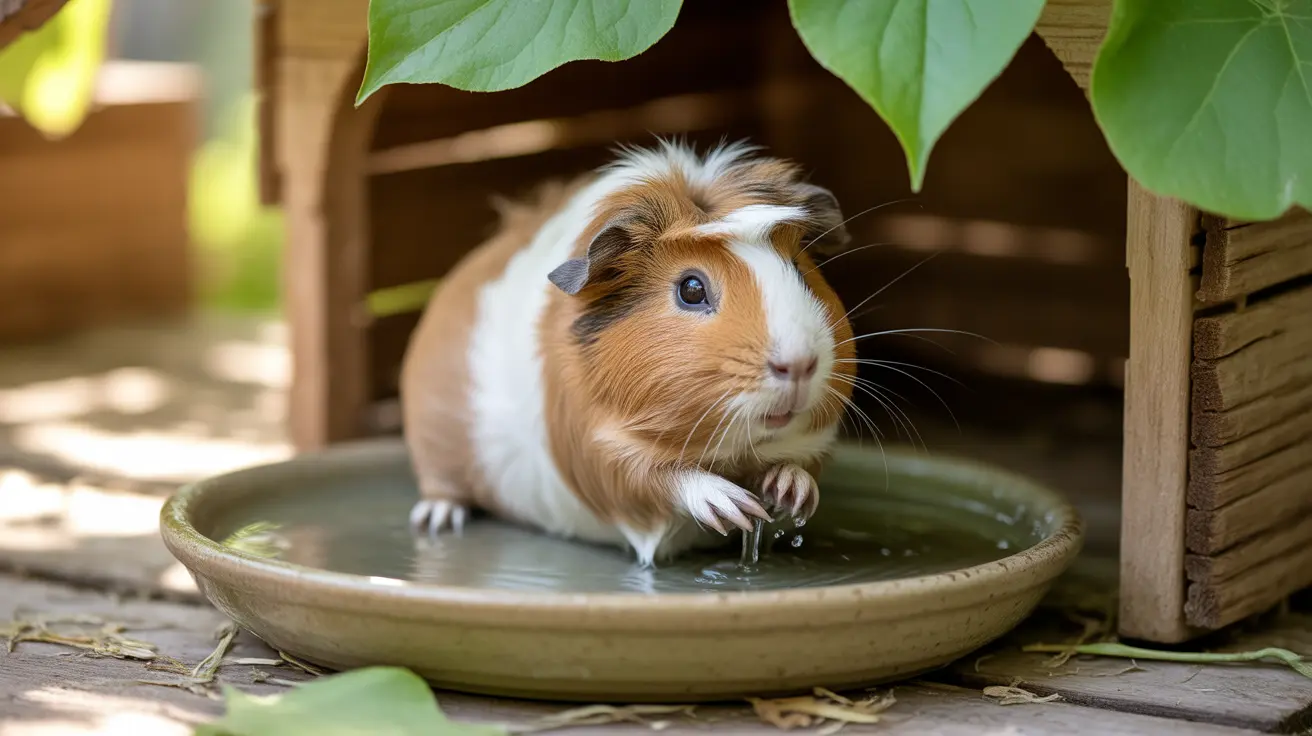What is Pelger-Huët Anomaly?
Pelger-Huët anomaly (PHA) is a rare inherited condition that affects dogs' white blood cells, specifically altering their nuclear structure. This genetic disorder primarily impacts the appearance and development of certain blood cells called granulocytes, which play crucial roles in the immune system.
While the condition might sound alarming, it's important to understand that most dogs with PHA lead completely normal lives. The condition exists in two forms: heterozygous (carrying one copy of the affected gene) and homozygous (carrying two copies), with vastly different implications for affected animals.
Understanding the Genetics Behind PHA
Pelger-Huët anomaly follows an incomplete dominant inheritance pattern, meaning that dogs can be affected differently depending on whether they inherit one or two copies of the mutated gene. The condition typically involves mutations in the LBR gene, though researchers have found that other genetic factors may also play a role.
Dogs with one copy of the mutation (heterozygous) typically show no clinical symptoms, though their blood cells display characteristic changes. However, dogs with two copies (homozygous) face severe developmental issues, and many don't survive past birth.
Clinical Presentation and Symptoms
Most dogs with Pelger-Huët anomaly show no outward signs of illness. The primary changes occur at the cellular level, visible only through microscopic examination of blood samples. However, the presentation can vary significantly:
Heterozygous Dogs (Carriers):
- Normal lifespan and health
- No visible symptoms
- Changes only detectable in blood tests
Homozygous Dogs:
- Severe skeletal abnormalities
- Development issues
- Poor survival rates
- Potential immune system complications
Diagnosis and Testing
Veterinarians typically discover Pelger-Huët anomaly during routine blood work. The distinctive appearance of affected white blood cells - showing unusual nuclear shapes and patterns - serves as the primary diagnostic indicator. However, proper diagnosis requires expertise, as these cellular changes can sometimes be mistaken for signs of infection or other blood disorders.
Confirmation usually involves:
- Detailed blood smear analysis
- Evaluation by a veterinary pathologist
- Family history assessment
- Possible genetic testing when available
Breed Predisposition and Prevention
Several dog breeds show higher rates of Pelger-Huët anomaly, including:
- Australian Shepherds
- Samoyeds
- Fox Hounds
- Border Collies
- German Shepherds
Responsible breeding practices are crucial for managing PHA in affected breeds. Breeders should work closely with veterinarians to screen breeding stock and make informed decisions about breeding pairs.
Management and Care
While there's no specific treatment needed for most dogs with Pelger-Huët anomaly, proper management includes:
- Regular veterinary check-ups
- Careful monitoring of any infections
- Informed breeding decisions
- Documentation of carrier status
Frequently Asked Questions
What is Pelger-Huët anomaly in dogs, and how does it affect their health?
Pelger-Huët anomaly is a genetic condition affecting white blood cells' structure. Most dogs with one copy of the gene (carriers) remain healthy and show no symptoms, while those with two copies face severe developmental issues and often don't survive.
How is Pelger-Huët anomaly diagnosed in dogs, and what are the typical signs observed?
The condition is typically diagnosed through microscopic examination of blood smears, where characteristic changes in white blood cell nuclei are visible. Most affected dogs show no outward signs, making laboratory testing essential for diagnosis.
Can dogs with Pelger-Huët anomaly lead normal lives, and do they require any special care?
Dogs with one copy of the gene (carriers) generally lead completely normal lives without requiring special care. However, regular veterinary check-ups are recommended to monitor their health status.
Which dog breeds are most commonly affected by Pelger-Huët anomaly, and how does it impact breeding?
Several breeds including Australian Shepherds, Samoyeds, and German Shepherds show higher rates of PHA. The condition significantly impacts breeding programs, as mating two carriers can result in severely affected puppies.
How can breeders and pet owners prevent the spread of Pelger-Huët anomaly in dogs?
Prevention focuses on responsible breeding practices, including screening potential breeding dogs, avoiding carrier-to-carrier matings, and maintaining detailed records of affected bloodlines.
Conclusion
While Pelger-Huët anomaly can seem concerning, understanding its nature helps owners and breeders make informed decisions. Most affected dogs live normal, healthy lives, but awareness and responsible breeding practices remain crucial for managing this condition in the canine population.






